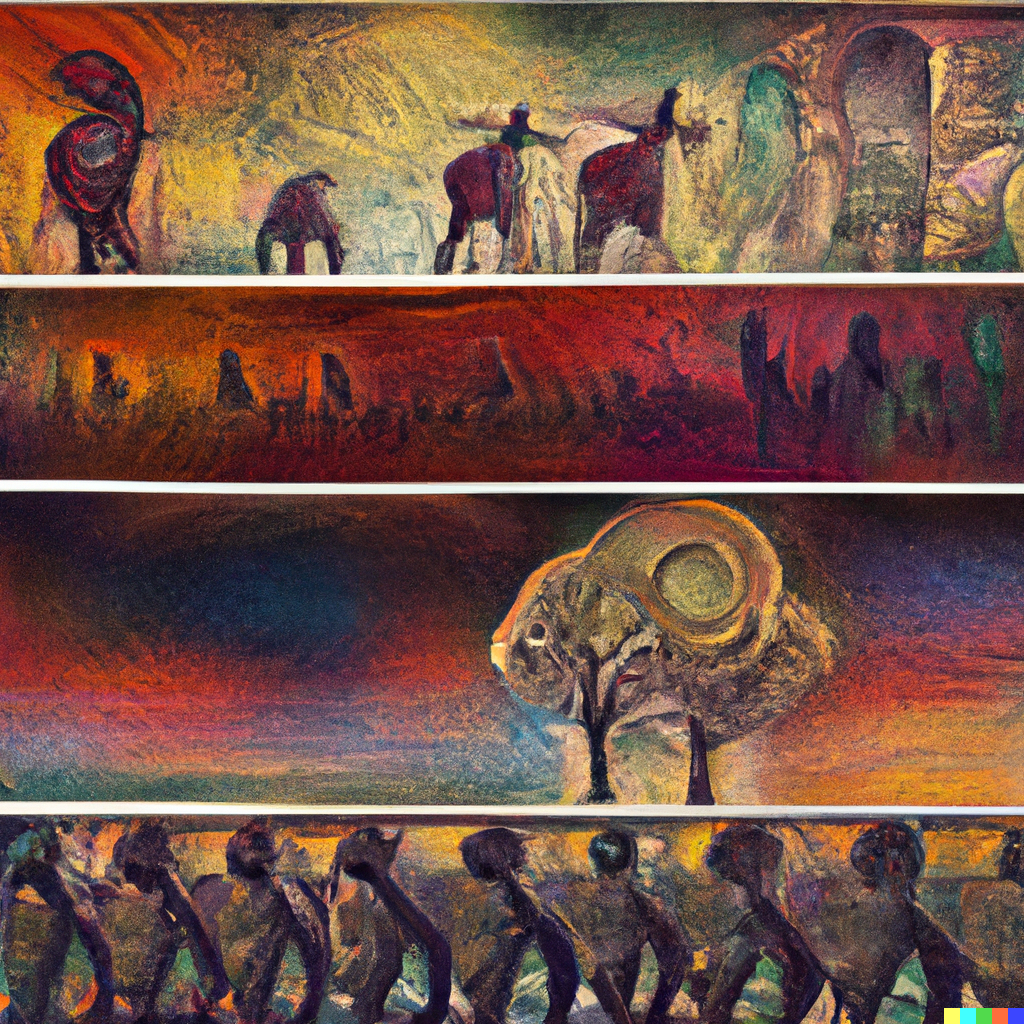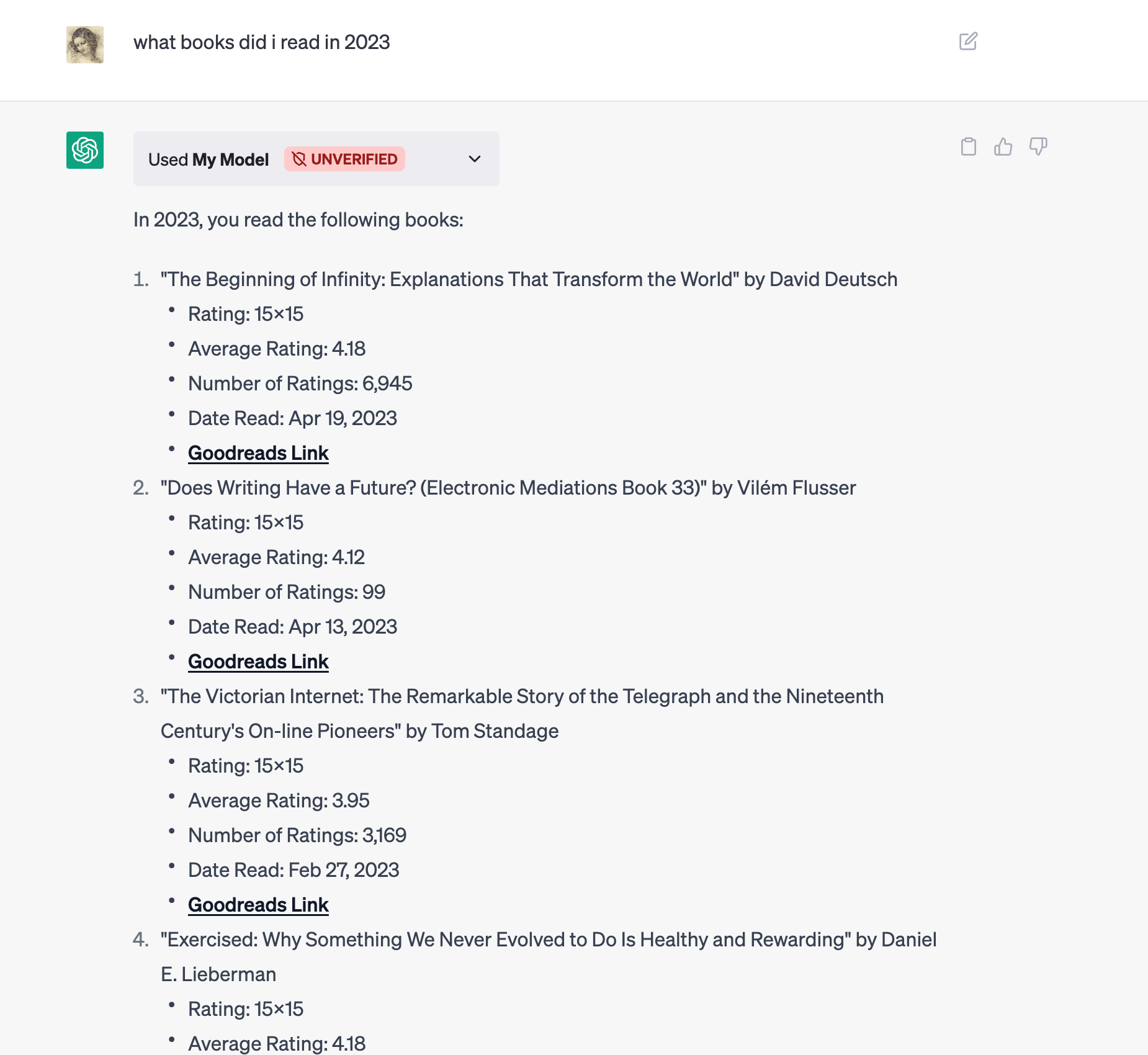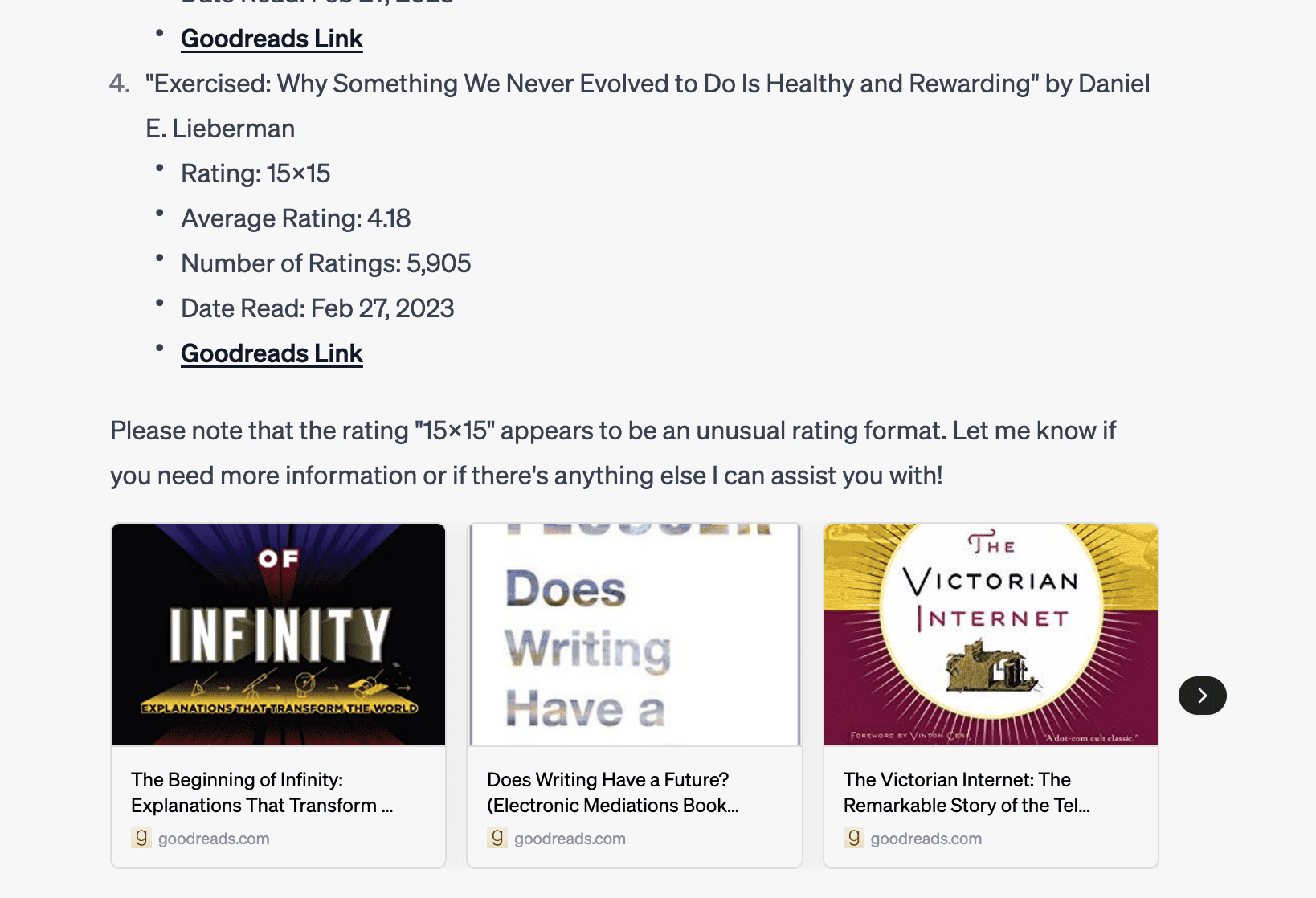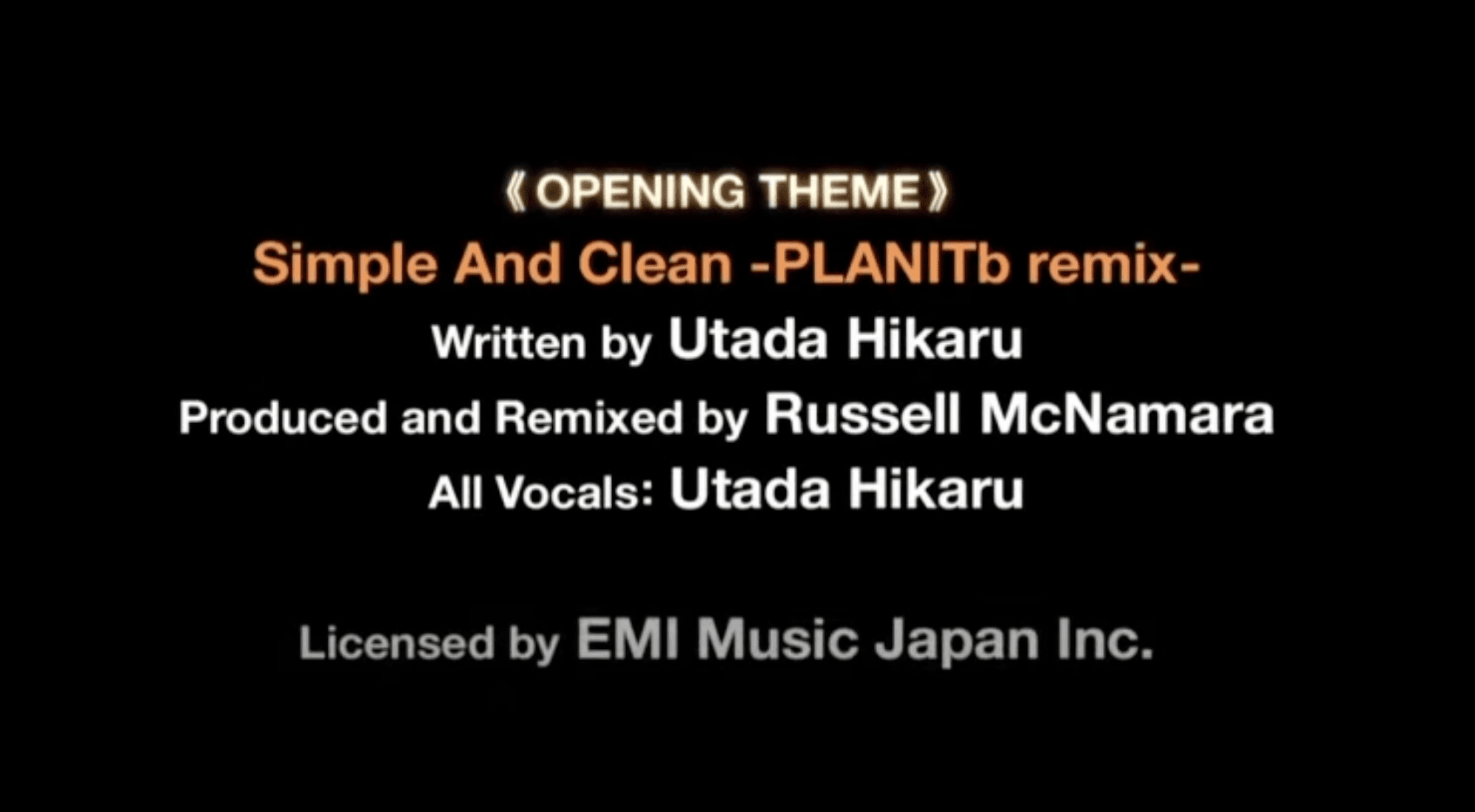April 22 2023
What will happen on April 22, 2023?

Quotes
The essay was in Weiss’ inbox when she got a private Twitter message from Billy. Cole Summers was really Kevin Cooper, and he had died. Weiss published “Cole’s” essay on June 21, 10 days after his death, and wrote of him, “In his short life, Cole managed to cultivate two qualities that are rare, even among most adults. He was at home in the real, physical world and he took great pleasure in it. And, he was completely unafraid to try.” (View Highlight)
What’s striking, though, is that many of the people who are pursuing the A.I. dream also worry that it might mean doomsday for mankind. It is widely stated, even by scientists at the very center of today’s efforts, that what A.I. researchers are doing could result in the annihilation of our species, or at least in great harm to humanity, and soon. In a recent poll, half of A.I. scientists agreed that there was at least a ten-per-cent chance that the human race would be destroyed by A.I. Even my colleague and friend Sam Altman, who runs OpenAI, has made similar comments. Step into any Silicon Valley coffee shop and you can hear the same debate unfold: one person says that the new code is just code and that people are in charge, but another argues that anyone with this opinion just doesn’t get how profound the new tech is. The arguments aren’t entirely rational: when I ask my most fearful scientist friends to spell out how an A.I. apocalypse might happen, they often seize up from the paralysis that overtakes someone trying to conceive of infinity. They say things like “Accelerating progress will fly past us and we will not be able to conceive of what is happening.” (View Highlight)
This concept, which I’ve contributed to developing, is usually called “data dignity.” It appeared, long before the rise of big-model “A.I.,” as an alternative to the familiar arrangement in which people give their data for free in exchange for free services, such as internet searches or social networking. Data dignity is sometimes known as “data as labor” or “plurality research.” The familiar arrangement has turned out to have a dark side: because of “network effects,” a few platforms take over, eliminating smaller players, like local newspapers. Worse, since the immediate online experience is supposed to be free, the only remaining business is the hawking of influence. Users experience what seems to be a communitarian paradise, but they are targeted by stealthy and addictive algorithms that make people vain, irritable, and paranoid. (View Highlight)
In a world with data dignity, digital stuff would typically be connected with the humans who want to be known for having made it. In some versions of the idea, people could get paid for what they create, even when it is filtered and recombined through big models, and tech hubs would earn fees for facilitating things that people want to do. Some people are horrified by the idea of capitalism online, but this would be a more honest capitalism. The familiar “free” arrangement has been a disaster. (View Highlight)
Substack is to newsletters what Spotify is to podcasts, Medium was to blogs, and what Google Reader was to RSS: an aggressive player that dominates an entire segment with artificial and unsustainable advantages in a risky bet. It’s a kind of corporate time bomb that, when it explodes, will destroy countless small businesses based on newsletters. (View Highlight)
In 2022, the company tried to raise more money, without success. Faced with failure, it went to retail and raised another USD 8.5 million from ordinary people. (View Highlight)
In several interviews, Substack founders make the point that people who have newsletters on the service can leave whenever they want. And it’s true. The point of Substack, however, is to become synonymous for newsletter, to become a first irresistible, then inevitable destination for anyone who wants to have one. (View Highlight)
The fact that Substack is the only one that is totally free is no accident. Someone is footing that bill; they are not philanthropists and these people are going to demand to get paid pretty soon. (View Highlight)
The skeptics are demanding a standard of proof that is appropriate for a criminal trial but that is inappropriately high for a civil trial or a product safety decision. (View Highlight)
The skeptics are mistaking the map for the territory, the datasets for reality. (View Highlight)
Parents and policymakers should consider Pascal’s Wager: If you listen to the alarm ringers and we turn out to be wrong, the costs are minimal and reversible. But if you listen to the skeptics and they turn out to be wrong, the costs are much larger and harder to reverse. (View Highlight)
1. The Smartphones and Social Media (SSM) Theory: 2012 was roughly when most teens in the USA had traded in their flip phones for smartphones, those smartphones got front-facing cameras (starting in 2010), and Facebook bought Instagram (in 2012) which sent its popularity and user base soaring. The elbow in so many graphs falls right around 2012 because that’s when the “phone-based childhood” really got going. Girls in large numbers began posting photographs of themselves for public commentary and comparison, and any teens who didn’t move their social lives onto their phones found themselves partially cut off, socially.
2. There is no other theory. (View Highlight)
The highest level is “beyond a reasonable doubt.” This is the standard of proof needed in criminal cases because there is widespread agreement that a false positive (convicting an innocent person) is much worse than a false negative (acquitting a guilty person). It is also the standard editors and reviewers use when evaluating statistical evidence in papers submitted to scientific journals. We usually operationalize this level of skepticism as “p < .05” [pronounced “p less than point oh five”], which means (in the case of a simple experiment with two conditions): The probability (p) that this difference between the experimental and control conditions could have come about by chance is less than five out of 100. (View Highlight)
The lower and more common level is “the preponderance of the evidence.” This is the standard of proof needed in civil cases because we are simply trying to decide: Is the plaintiff probably right, or probably wrong? The thousands of parents suing Meta and Snapchat over their children’s deaths and disabilities will not have to prove their case beyond a reasonable doubt; they just have to convince the jury that the odds are greater than 50% that Instagram or Facebook was responsible. We can operationalize this as “p > .5,” [“p greater than point five”], which means: the odds that the plaintiff is correct that the defendant has caused him or her some harm is better than 50/50. This is also the standard that ordinary people use for much of their decision-making. (View Highlight)
Which standard are the skeptics using? Beyond a reasonable doubt. They won’t believe something just because it is probably true; they will only endorse a scientific claim if the evidence leaves little room for doubt. I’ll use Brown as an example, for he is the most skeptical. He demands clear evidence of very large effects before he’ll give his blessing: (View Highlight)
In other words, if multiple studies find that girls who become heavy users of social media have merely twice the risk of depression, anxiety, self-harm, or suicide, he doesn’t want to hear about it because it COULD conceivably be random noise. (View Highlight)
Images
happy to announce that I wrote a chatgpt plugin that can brag about the books I read so I no longer have to






Videos
Back on my Hamilton animatic grind - check the top youtube comments on this one – you'll like what you see ;)
Hollow by Submersed + Forever in Your Hands + Peak WotLK PvP = <3
who knew I'd be watching this guy play a card game pretty much every day made by the same company 14 years later
bramadams.dev is a reader-supported published Zettelkasten. Both free and paid subscriptions are available. If you want to support my work, the best way is by taking out a paid subscription.




